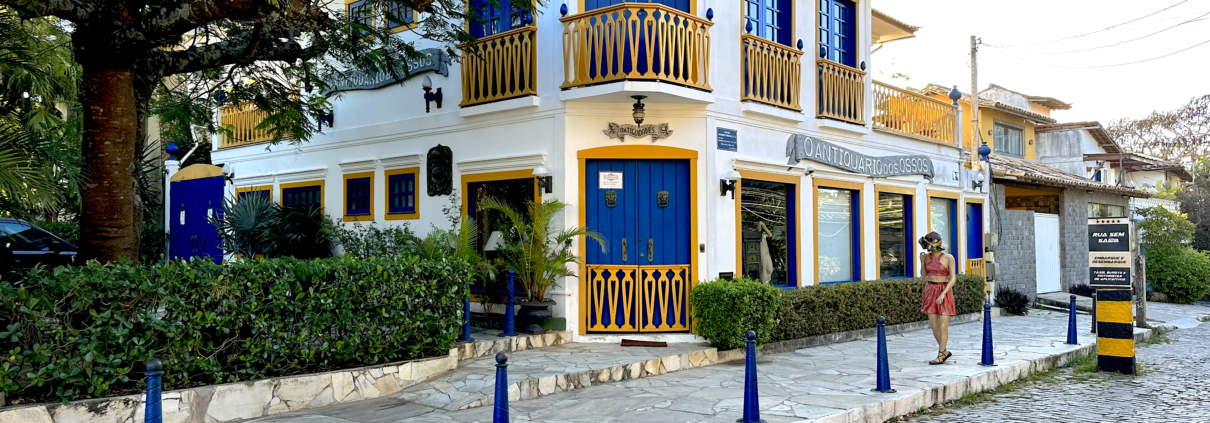The Architectural Tapestry of Búzios: A Fusion of Styles and Influences
In the charming resort town of Búzios, Brazil, the beaches and nightlife often take center stage, captivating visitors with their beauty and energy. However, what many people overlook is the town’s intriguing architectural landscape that serves as a testament to its rich history and diverse cultural influences. In this article, we explore the architectural styles that make Búzios unique, blending the traditional with the modern, the local with the international.
Colonial Legacy: The Cornerstone
Búzios was originally a humble fishing village, and remnants of this past can still be seen in its colonial-style architecture. Characterized by one-story houses with colorful façades, these buildings often feature terracotta roof tiles, intricate woodwork, and lattice-enclosed verandas. The colonial structures, primarily concentrated in the old part of the town, provide a window into Búzios’ rich history.
The Influence of Brigitte Bardot and the “Casa Pousadas”
When French actress Brigitte Bardot visited Búzios in the 1960s, the town began to transform into a tourist haven. This period saw the rise of the “Casa Pousadas,” which are essentially boutique guest houses. Often owned by foreigners who settled in Búzios, these pousadas combine local architectural elements with European flair, offering quaint, intimate settings featuring lush gardens, cobblestone pathways, and artisanal decor.
Modernist Intricacies: A Touch of the 21st Century
As Búzios grew in popularity, the town started to incorporate more modern architectural elements. Today, you’ll find contemporary homes and resorts that focus on minimalist designs, expansive glass surfaces, and a seamless integration with the natural landscape. Sustainable architecture has also made its mark in Búzios, with new constructions often using eco-friendly materials and solar energy systems.
The Nautical Theme: A Nod to the Sea
Given its coastal location, it’s no surprise that Búzios features numerous buildings inspired by maritime themes. Be it the use of marine-blue tiles, boat-shaped windows, or terraces that overlook the ocean, this nautical architecture pays homage to the town’s deep-rooted connection with the sea.
Public Spaces and Promenades
The architecture of Búzios also extends to its public spaces. The famed Rua das Pedras, a bustling street filled with shops, bars, and restaurants, has a decidedly cosmopolitan feel. Yet, it retains a rustic charm with its cobblestone pathway and low-rise structures. Orla Bardot, the scenic waterfront promenade, beautifully combines natural elements like rock formations with carefully designed seating areas, lighting, and the iconic Brigitte Bardot statue.
Churches and Religious Structures
Religious architecture in Búzios reflects a blend of styles, featuring colonial-era churches like the Church of Sant’Anna, which combines both traditional and modernist elements. These structures serve as tranquil spaces for reflection amid the bustling tourist activities. Interested in historical landmarks? Then read our article about “Visiting Historical Land Marks in Búzios“.
Conclusion: A Melting Pot of Styles
The architecture of Búzios is a fascinating mix of influences and styles, each telling a different chapter of the town’s multifaceted history. Whether it’s the colonial houses reminiscent of a bygone era, the modernist structures signaling a town in tune with contemporary trends, or the uniquely Brazilian pousadas offering a slice of local life, the architecture in Búzios is as varied and captivating as the town itself. It serves as yet another reason to explore this Brazilian gem, where each corner turned offers a fresh architectural wonder to discover.




Leave a Reply
Want to join the discussion?Feel free to contribute!